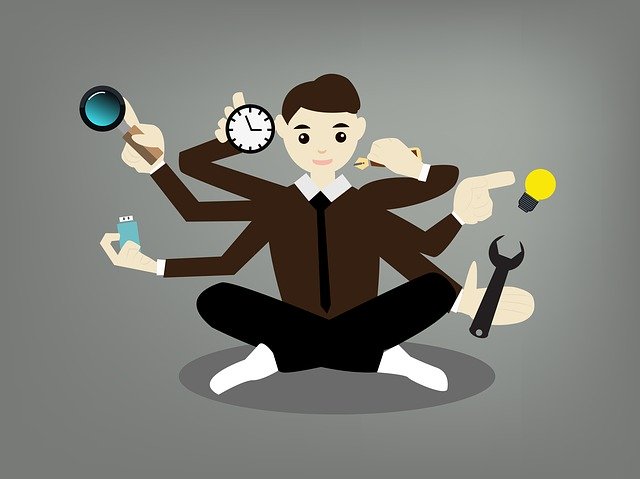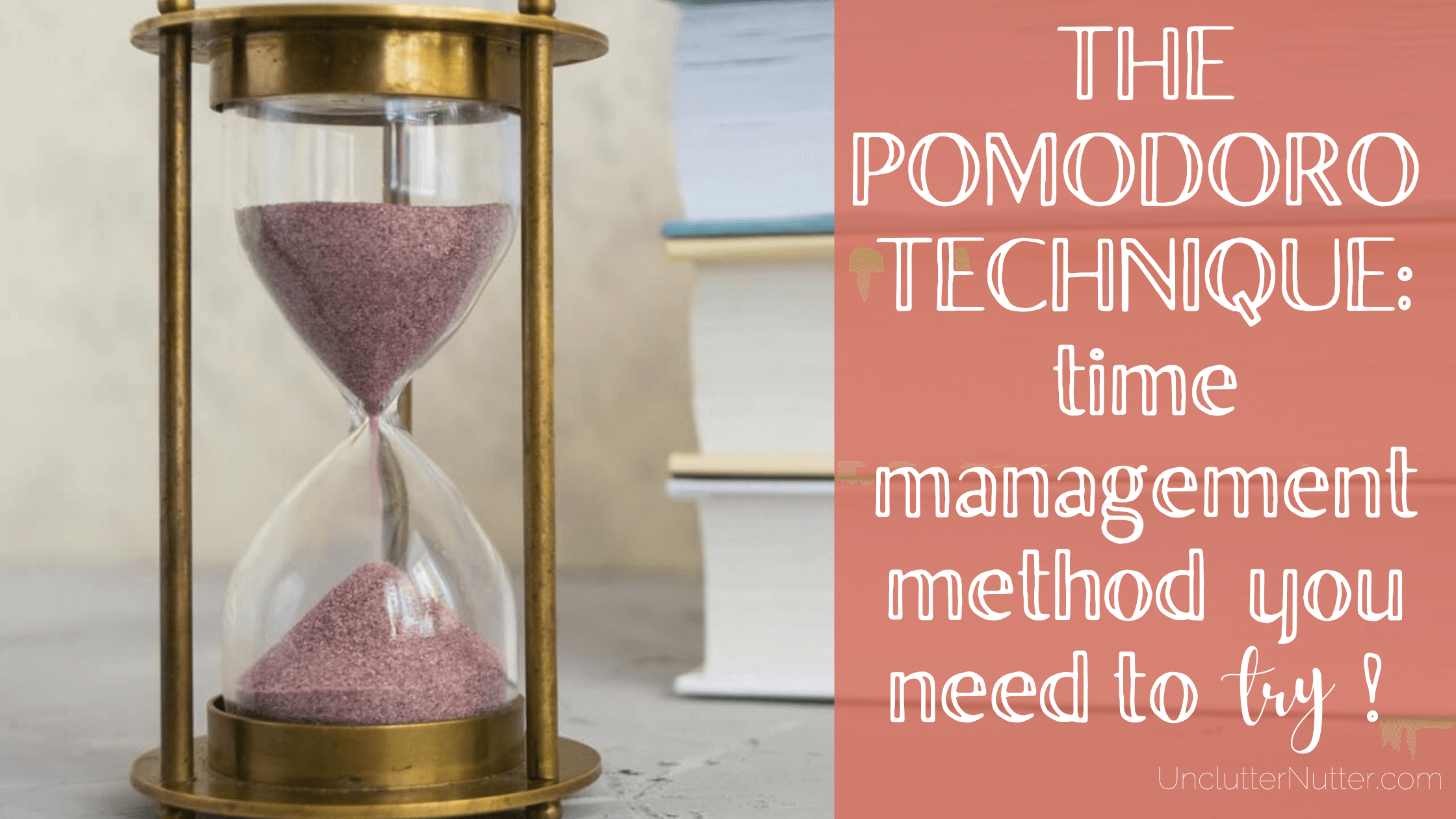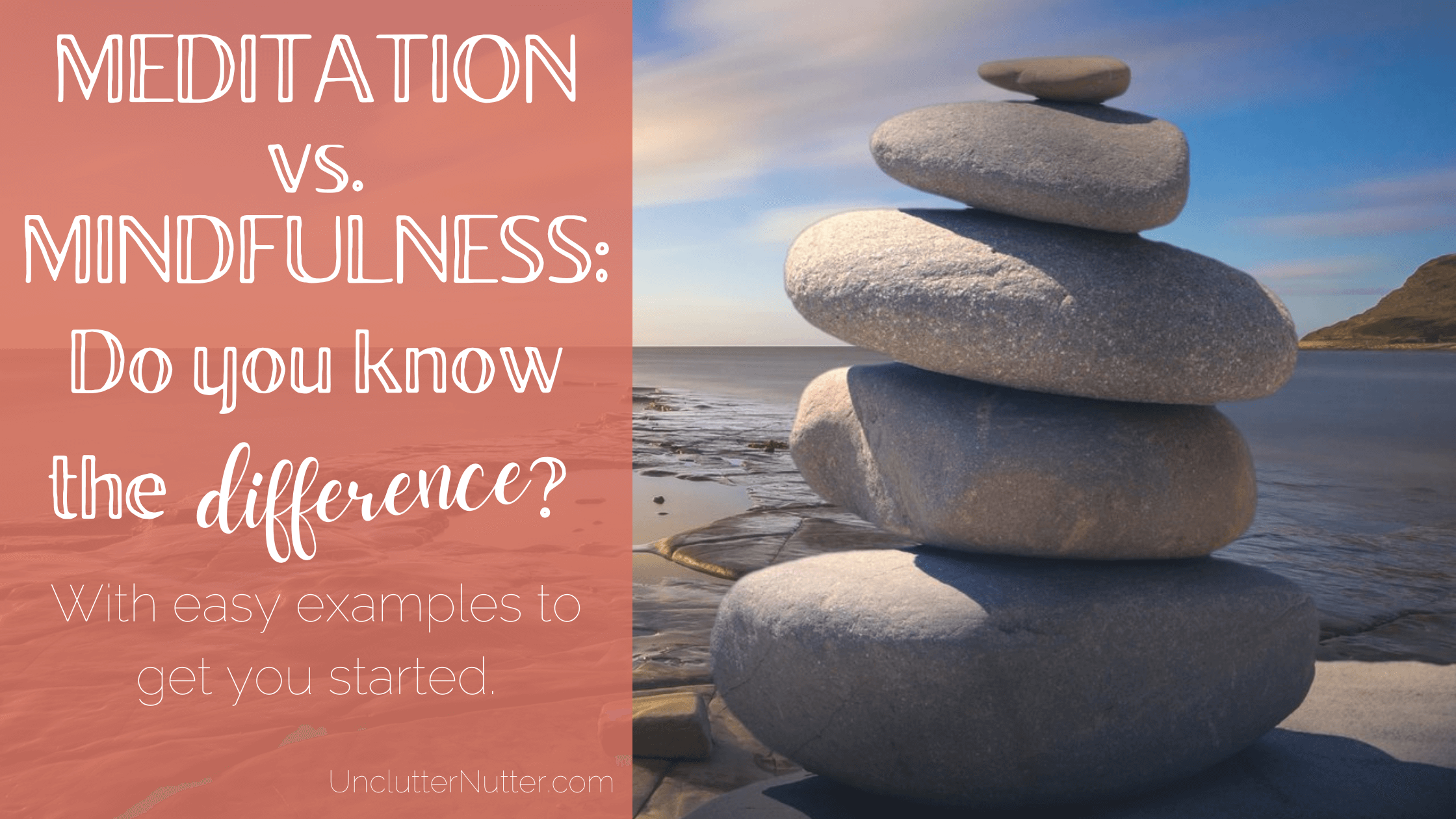How much time do you spend worrying? And what do you worry about? Big things? Little things? Things you didn’t even know you were worrying about?
Worrying is an emotion, a feeling that takes up A LOT of our mental space. And most of the time, it doesn’t bring us any benefits at all. In fact, it can affect your physical health from your nervous system, to your heart and even your immune system – and your sexual health too!
Worrying causes us to feel overwhelmed, uneasy, anxious in our physical bodies.
You might think that your worrying is going to help you prepare for possible negative outcomes or that it’s something you have to do to show others you care about them or a situation.
This is not true.
Research has shown that worrying does NOT make it easier to deal with unwanted events.
In fact, it can make them worse because you’ve most likely built up the ‘worst case scenario’ vision in your mind that just adds to your stress levels.
Can Worrying Be Helpful?
Worrying, on a minimal scale, is quite normal and useful too. It shows that you are alert and thinking logically, allowing you to problem solve. It can be an effective motivator and can prevent bad things from taking place.
Take, for example, the idea of going camping this weekend. You’ve been told that the weather ‘should’ be pleasant but living here in the UK, you know how unreliable the weather forecasts can be! You worry that it will rain and you won’t be prepared.
What do you do? Your worrying leads you to solve your own problem and pack a few extra raincoats and equipment just to be on the safe side. This way, if it rains, you’re prepared and it won’t ruin your adventure.
This is good. This is helpful.
Worrying can be helpful but you need to be careful not to fall into a slippery slope of worrying about everything.
Is there an action you can take right away to help improve the situation? In other words, is this something I can control?
If it is something that is within your control and you can take action RIGHT AWAY that will actually have a positive effect on the situation you’re worried about, then your worrying is being put to good use.
So…the next time you find yourself worrying, ask yourself:
What am I worrying about?
Is this something that is within my control?
Is there something reasonable that I can do right now that will improve this situation?

When To Stop Worrying
Once you start to notice how often you worry about things that aren’t within your control or that don’t improve your life, you can start to learn how to let go of worrying and embrace ease and flow.
Alright, I know it’s easy to say, ‘Hey, just stop worrying!’ I admit that it’s a little more challenging to actually do…but it’s entirely possible! You just need some guidance and support to get you there. Keep reading to get just that!
Worrying seems to be a lot of people’s most common pastime. A hobby that, even though we don’t enjoy it, we voluntarily do it often. It’s a habit many of us have picked up along the way, even if we didn’t mean to.
As I already mentioned – but it’s important enough to mention again – worrying can physically affect our life and lead to experiencing anxiety and panic attacks. It can affect our physical health as much as our mental health. Worrying too much can have a profound effect on our day, our week or our life in general.
We throw around terms like worry bug or worrywart because some people just seem to worry much more than others.
Are you one of these people?
Do you find yourselves worrying about things more often than you’d like?
Do you find worrying is affecting the quality of your life?
Maybe your worrying is even leading you down the path to experiencing full-blown anxiety? It’s time to do something about it.
Worrying does not take away tomorrow’s troubles. It takes away today’s peace.
– Unknown
How To Stop Worrying About Things You Can’t Control
The good news is that there are lots of different ways you can handle your worries to help them jog on! Find one that works best for you and helps you leave those worries at the door.
Deep Breathing
By focusing on your breath, this will help take you away from your thoughts and focus on the present moment. Deep breathing allows more air into the body which can help reduce the feeling of stress (brought on by worrying) by calming the nervous system. Deep breathing will help you feel more grounded and at peace, taking you away from your negative thoughts.
Journaling
Writing out your thoughts and your worries is a great way to get your worries out of your head and onto paper. Allow yourself to freely write whatever is on your mind, whether it be a list of all the things that could go wrong or simply writing how you’re feeling about your worries. By having an outlet to vent all your negative thoughts at, this allows you to help clear them from your mind and start to process them.
Keep Yourself Busy
When we have a lot of free time to think, this is when the worries can often build up. By keeping your mind focused on a task helps you to avoid becoming distracted or side-tracked by worrying thoughts.
Worrying can often be used as a form of procrastination. (I can’t do this because what if……?) By having something meaningful to keep your mind focused on will allow you less chances to get derailed by any worrying thoughts.
Talk Through Your Worries
We all know that talking through our thoughts can be so therapeutic and stress relieving. Similar to journaling, being open and sharing your worries with someone allows you to get those thoughts off your chest and discuss them with someone so that it doesn’t feel like they’re trapped inside your mind.
Get them out in the open with someone you feel comfortable enough to share them with. A good listening will often have something to add to help you feel more at ease and see that your worries are things you don’t actually need to be worrying about.
Reframing
What is it you’re worrying about? Are you thinking of the worse case scenario? Are you focused on all the things that could go wrong? Try flipping those negative thoughts on their head and start thinking of all the ways in which things could go well. How many different things could happen that could be good? That could feel right? That would be beneficial?
Try to look at a situation from a different perspective to be more open minded about the possible outcomes.
For example, Stella is worried that her interview will go terribly and that she won’t get the job she so desperately wants. She’s been thinking of all the ways she might mess up her chances. When reframing, Stella could start to think about all the ways that she might impress the interviewer. She can start to think about all the reasons why she’s perfect for this job and how she might communicate that in her interview. She could even start to picture herself already having been offered the job and feeling that sense of achievement to get her out of her negative state and feeing positive and empowered.
Visualisation
Your imagination is powerful. You can visualise something and trick your mind into thinking that it’s actually experienced that in real life. Whatever it is your worrying about, picture how you would ideally like things to unfold. What’s the happy ending, the resolution you’re wanting? Visualise that and really feel yourself experiencing that in your mind. Picture everything going to plan and that all the things you were worrying about becoming a thing of the past.
This will help bring you into a positive state and start to convince your mind that the exact opposite of your worrying has happened. Your worries become obsolete because the ‘good thing’ has happened so you don’t have the need for those worries.
In Stella’s case, she can picture herself acing the interview, being offered the job and celebrating her new chapter of life! She can show her mind and start to convince it of other possibilities. Her worries are no longer needed because, as far as her mind’s concerned, she already has the job.
Body Scan
Doing a body scan will get you out of your mind and into your body. Being able to notice any tight muscles will allow you to let that tension loosen up, helping you to feel calmer and more relaxed. The connection with the present moment and how you feel will help ground you and allow you to notice what is going on outside of your mind. Start at one end of your body (hear or toes) and work your way through all your body parts and areas until you get to the other end.
By that time you will feel more relaxed, at ease and your mind will have had a chance to air out those worries and help you feel more positive and present in the now – instead of stuck in the future where your worries were focused on.
Mindfulness and Meditation
Even though mindfulness and meditation aren’t exactly the same thing, they are both effective when it comes to worrying less. There is a never-ending list of different mindfulness and meditation practices you could do. All focused practices can help to take your mind off of the worries and focus on something else – be it breathing, a mantra, your body, movement. Literally anything!
By allowing yourself to disconnect from your thoughts, you disconnect from your worries and allow your body and mind to find a place of relaxation, ease and clarity.
Check out Mindful.org for useful ideas when getting started with meditation and mindfulness practices. Find a meditation or mindfulness practice that suits you and give it a go to witness all your worries start to melt away.
Combined Approach
While there are countless forms of mindfulness, meditation and relaxation techniques you could do, here is a great method that is simple but effective. It combines a few techniques together like deep breathing, body scan, visualisation and mindfulness. And best of all, it can be done anywhere in just a minute to help bring your worries to a halt.
1. Take deep breaths and get into your body and out of your head.
2. Do a body scan and feel where in your body you might be physically feeling the worry.
3. Simply acknowledge this feeling and sit with it for a little while, focusing on that area of your body.
4. Notice that this feeling is harmless. You’re still okay. You’re safe.
5. Choose some calming words or a mantra to say to yourself.
‘Everything is fine. I am okay.’ or ‘I am calm and feeling at ease.’
(Anything that works for you.)
6. Keep breathing deeply and allow that feeling to soften.
7. Imagine you’re breathing your worry out.
8. Visualise it leaving your body through your breath.
9. Feel your body in a calm state and allow that feeling to move up into your mind.
10. Take one last deep breath and feel ready to continue your day with ease.
Work With a Professional
There are many professional coaches, therapists and counsellors who are able to support you in getting past your worries. From talk therapies to working with time-based techniques, a professional can help you get to the bottom of your worries and allow you to finally break free of them so you can go back to enjoying your moments.

Worrying Less Will Improve Your Life
I think we can all agree that worrying is not a nice feeling. It makes you feel uneasy, unsettled and can be overwhelming.
The key thing to remember about worrying is that intense or excessive worrying is NOT useful. Unless you are worrying about something that is within your control, and unless you take action right away, your worrying is just stressing you out.
If you catch yourself worrying about something out of your control, or you simply don’t know what to do to stop worrying, choose one of the suggestions above and let your worries become a thing of the past.
Allow your body and mind to live in a state of balance, of peace and ease so that you can make your life the very best that it can be.
In simple terms, as Bobby Darren once said, ‘Don’t worry, be happy!’
Cover Image by Anete Lusina
Want More Help and Support?
Do you want to work with a certified coach and start to declutter your life from the inside out? Book a FREE clarity call to find out how I can help you. No obligation. Just clarity.
And while you’re here…why not subscribe to my email list to get notified when new (and helpful!) content is published and to be the first to get regular tips and insights into living a decluttered life.




